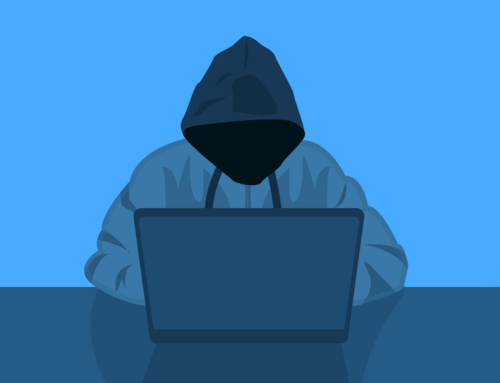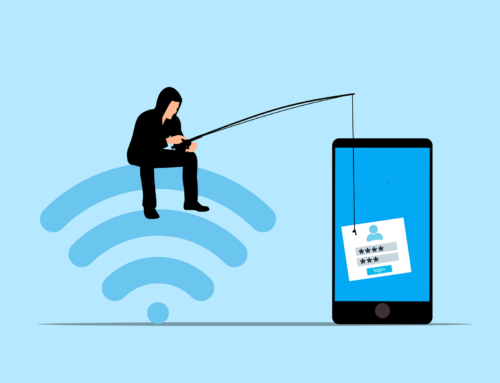What’s a Phishing Attack?
Phishing attacks are fraudulent schemes, primarily sent via email, that criminals use to trick people into revealing their sensitive information. This information can be used to takeover your online accounts, steal your money, impersonate you, and more.
An Example:
An employee receives an email directing them to immediately access the corporate banking account and move funds using the link provided. However, the link will actually lead to a cleverly designed imitation of the bank’s website where, once their credentials are entered, the site will send them to the hackers who will use them to access the company’s real corporate bank account.
How to Protect Yourself
According to Microsoft over 90% of cyber-attacks are initiated by a phishing email, so it’s necessary to remain vigilant. Here are six methods you should use to protect yourself and your business from falling victim to phishing schemes:
- Verify Email Sender: Carefully examine the authenticity of the email sender’s address, checking for any errors or unconventional spelling that could indicate a fraudulent sender.
- Exercise Caution with Generic Greetings: Be skeptical of emails with generic greetings that urge immediate action, as they often create a sense of urgency to manipulate you. Approach such messages with caution.
- Seek Verifiable Contact Information: When in doubt about an email’s legitimacy, don’t reply directly. Instead, initiate a new email and independently verify the sender’s contact details.
- Avoid Transmitting Sensitive Information via Email: Opt for more secure methods like the telephone when communicating confidential details. This reduces the risk of unauthorized access or interception.
- Be Cautious of Unexpected Links: Think twice before clicking on unexpected links, especially if they prompt you to sign into your account. Safely log in through the official website instead of unfamiliar or suspicious links.
- Don’t Open Attachments from Unfamiliar Senders: Exercise caution with email attachments from unfamiliar senders or friends who don’t typically send attachments. Avoid opening them to minimize potential risks.
What else can be done?
Multi-Factor Authentication (MFA) adds an extra level protection by requiring an additional piece of evidence (credential) whenever you log in to your online accounts. There are different authentication methods, including a code generated in an app, a text sent to your phone, a fingerprint scan, or several others. MFA is credited with prevent 99.9% of attacks to online accounts. You can read more about MFA and how to implement it here.
Spam Filters and Email Support
Of course, the best way to protect your inbox is to prevent these messages from landing there in the first place. Onward Computer System’s offers it’s managed support clients the option of subscribing to advanced spam filters that remove most spam and phishing emails before they reach your mailbox. And if a spam message does get through, we have a team of dedicated experts ready to help you identify and mitigate the potential threats.
Sounds good? Contact Onward Computer Systems now to enhance your email security and protect against spam and phishing attacks. Don’t let your sensitive information fall into the wrong hands. Trust our expertise and comprehensive solutions to keep your business safe.





